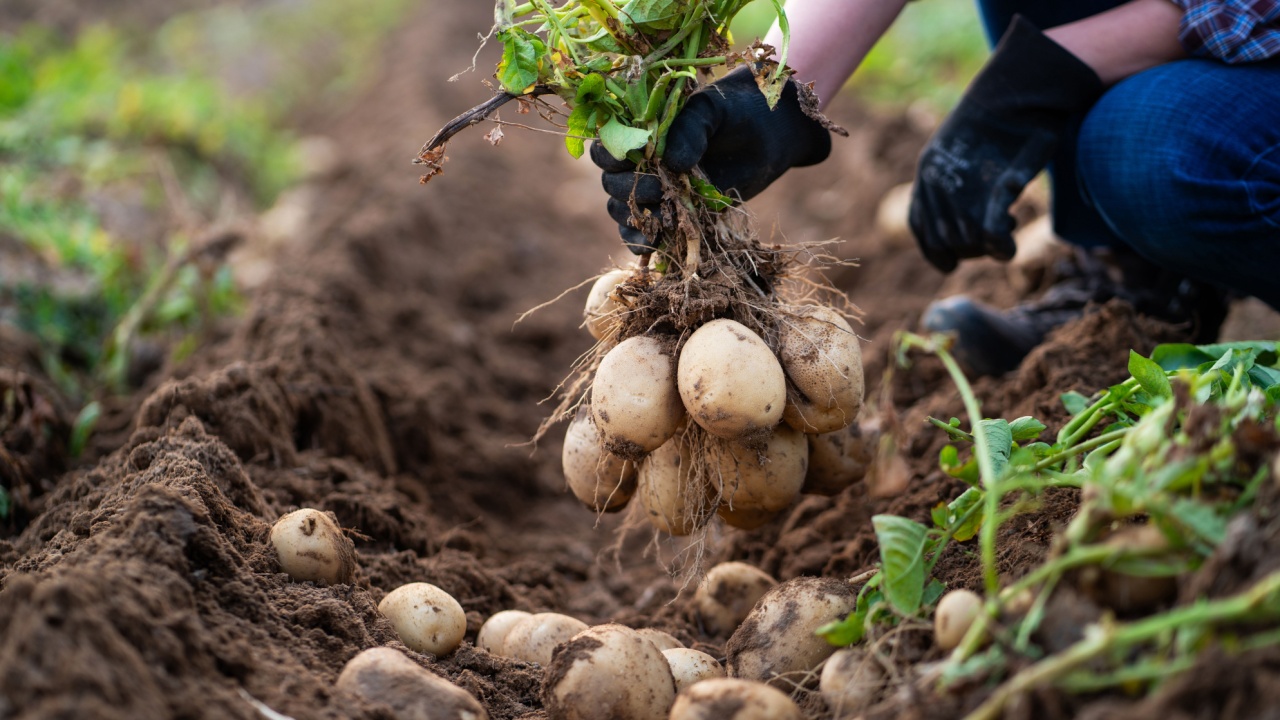Bright, colorful petunias bloom all summer, whether planted in a flower bed, container, window box, or hanging basket. These easy-to-please annuals come in a wide range of colors and fit almost anywhere. Petunias even have a place in the vegetable garden, where they attract beneficial insects and might even help with pest control! Pair petunias with complementary flowers or foliage to make the most of their beautiful blooms. The best companion plants for petunias will really help them shine.
The following companion plants bring out the best in petunias, whether by complementing their lovely blossoms or by highlighting their other benefits.
1. Coneflower (Echinacea spp.)

Image credit: Backyard Garden Lover.
Petunias are great for tucking around perennials like coneflowers. These native wildflowers of the US look great standing tall behind lower-growing petunias. And not only do they look pretty, but they work alongside petunias to attract bees, butterflies, and other pollinating insects. Their seed heads provide food for songbirds, too!
Echinacea flowers make great companion for many other plants.
2. Dusty Miller (Jacobaea maritima)

Image credit: YAY Images.
For stunning contrast, plant dusty miller with petunias in the flower bed or containers. Its soft, silvery gray foliage provides a lovely pale background for the vibrant colors of petunia flowers. Dusty Miller prefers similar growing conditions to petunias, so the two plants grow well together.
3. Floss Flower (Ageratum houstonianum)

Image credit: Depositphotos.
Floss flower’s clusters of small, fluffy blooms pair well with the bold trumpets of petunias. With multiple varieties available, it comes in a variety of sizes and ranges in color from white to pink to blue. Its lovely flowers attract pollinators, while the fuzzy leaves and strong scent make it unappealing to deer and rabbits.
4. Salvia (Salvia spp.)

Image credit: Depositphotos.
Spikes of salvia flowers stand out among masses of petunia blossoms for a bright, spectacular display of color. Plant a wave of red or mix and match colors; salvias tend to come in shades of pink, red, purple, and white, and sometimes other hues. This is another deer-resistant plant that feeds pollinators.
5. Snapdragon (Antirrhinum spp.)

Image Credit: Shutterstock.
I love snapdragons, with their towers of whimsical blooms shaped like colorful dragon heads. These classic flowers grow well alongside the equally popular and vibrant petunias, adding instant cottage garden charm to any space. Summer snapdragons have a very similar appearance and are also a great option, though they belong to a different genus (Angelonia).
6. Verbena (Glandularia spp. and Verbena spp.)

Image credit: YAY Images.
Most commonly known to be annual bedding plants (Glandularia x hybrida), verbenas actually come in a range of varieties, including annuals, perennials, US natives (Glandularia canadensis), and non-native species. Their bright flower clusters beautifully complement petunias, and the trailing types work especially well in containers. Like petunias, verbenas attract butterflies, bees, and hummingbirds.
7. Beans

Image credit: YAY Images.
Some gardeners believe petunias repel the dreaded Mexican bean beetle. This is great news if, like me, you struggle with infestations of these terrible pests every year, and it does seem to help! Plus, the bright petunia flowers add beautiful color to the bean bed or around bean poles. Just make sure to leave plenty of space to ensure the petunias get enough sunlight.
8. Blueberries

Image Credit: Shutterstock.
Want to add some color to your blueberry patch? Plant a few petunias on the south side of the bushes (so they get plenty of sunlight). These stunning flowers will also, of course, bring in beneficial insects to pollinate the blueberry bushes. Though very different plants, petunias and blueberries favor similar growing conditions.
9. Potatoes

Image Credit: Shutterstock.
Potato plants aren’t known for being pretty, but you can add some pizzazz with petunias! Make sure to leave room for the potato tubers to grow when planting petunias nearby. As an added bonus, rumor has it that petunias deter potato beetles. At the very least, you’ll have the prettiest potato patch around.
10. Squash

Image Credit: Shutterstock.
Winter squash, pumpkins, summer squash, and zucchini all require pollination to produce fruit. Because the colorful, trumpet-shaped flowers of petunias attract pollinators, they can help make that happen. Planting some petunias alongside your squash can help avoid the disappointment of shriveled, undeveloped fruit. They might also repel squash bugs.
11. Tomatoes

Image Credit: Shutterstock.
As with other fruiting plants, tomatoes can benefit from the pollinators and other beneficial insects brought in by petunias. When planting petunias with tomatoes, try to keep the petunias to the south of the tomato plants so they receive sufficient sunlight.
It can also be helpful to prune all of the lower branches off the tomatoes to increase sunlight to the petunias and reduce the likelihood of disease in them.
5 Plants To Never Pair With Petunias

Image credit: Depositphotos.
When deciding where to plant petunias, consider their growing needs. Petunias thrive in full sun and well-drained soil and appreciate regular watering. They will not grow well alongside plants requiring shade, water, or very dry conditions.
It’s not that the plants disagree with one another, but rather that one is likely to languish if planted in conditions favored by the other. Here are a few examples of plants that should be planted in a different area of the garden from petunias:
- Begonias
- Cacti
- Ferns
- Hostas
- Succulents
Petunias are fairly easy to please, and they get along with just about every other plant in the garden (check out my guide to using petunias in landscaping). Some plants, though, look especially stunning next to these lovely annuals, and others benefit from the pollinators petunias attract. Just make sure not to plant them in the shade or a particularly wet spot, and you will have bright, beautiful petunia blooms all summer!



Landscaping With Petunias
Tuesday 1st of August 2023
[…] Pair your petunias with geraniums, periwinkle, lobelia, and bright yellow African daisies for some dramatic looks. See what to plant with petunias. […]